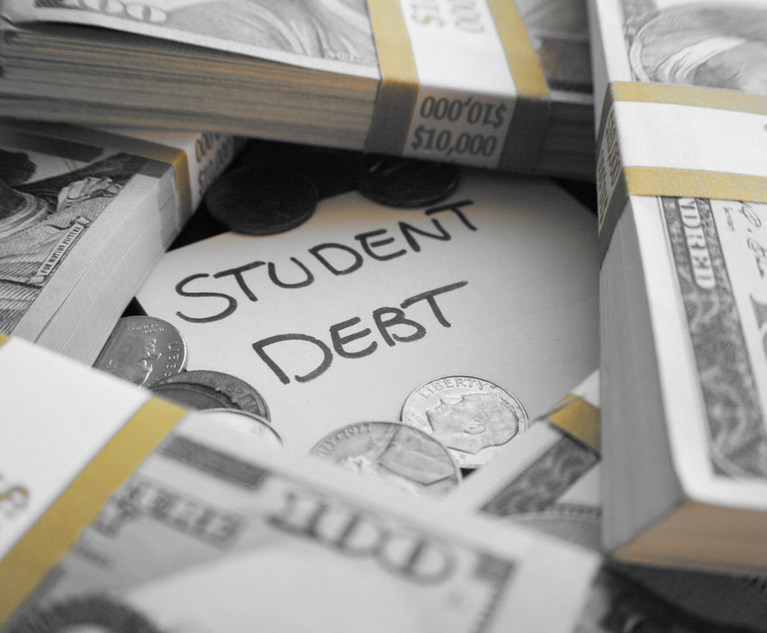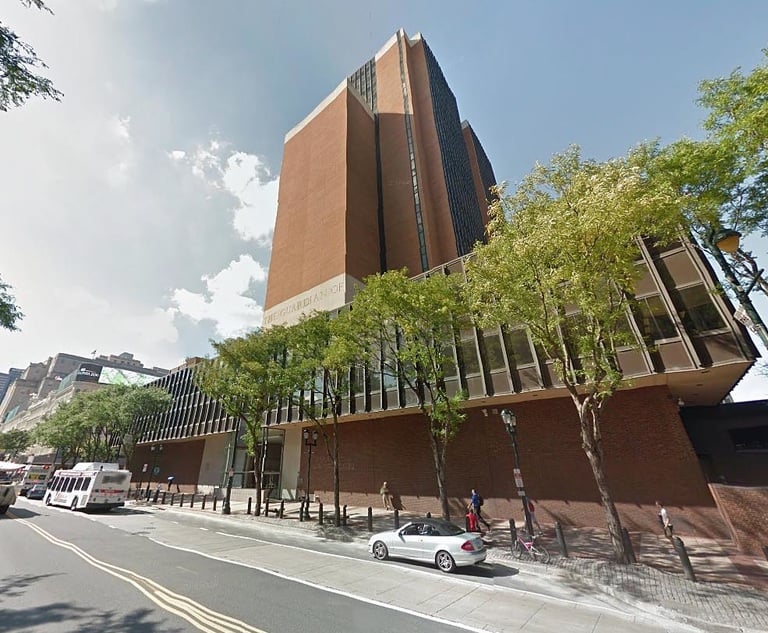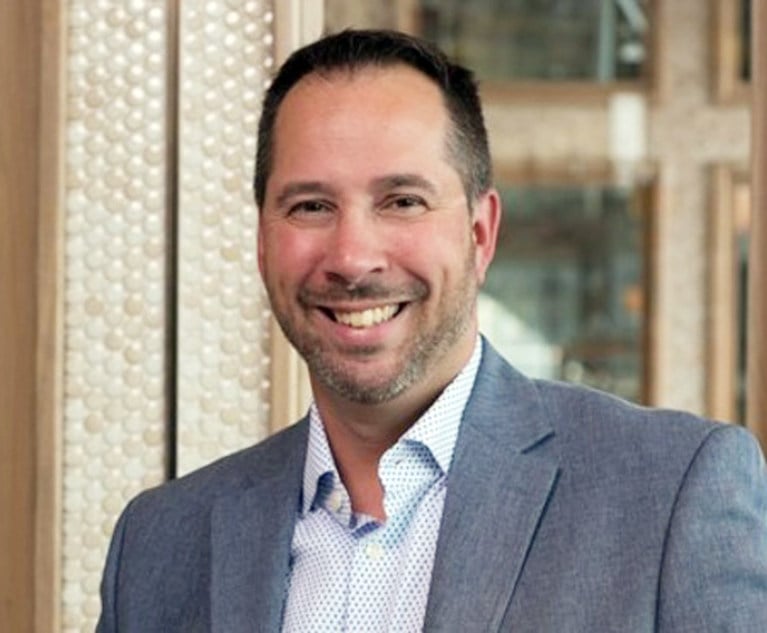With student loans ranking as the second highest source of consumer debt in the United States, the federal government took significant measures starting at the onset of the COVID-19 economic crisis to protect student loan borrowers with loan repayment moratoriums. As these moratoriums are due to expire, many debtors will soon be faced with the challenge of how to repay and manage their debt. While bankruptcy traditionally has been seen as a challenging pathway for debtors with student loans, court-based student loan management programs have been adopted to facilitate the repayment and resolution of student loan debt within the chapter 13 bankruptcy process.
The Process Absent a Court Program
Typically, when a debtor with student loans files bankruptcy, they are often caught between the proverbial rock and hard place. It is nearly impossible to discharge student loan debt under the current bankruptcy legal standard. Under current bankruptcy law, debtors cannot discharge student loan debt unless they can show that the loan payment imposes an “undue hardship.”
This content has been archived. It is available through our partners, LexisNexis® and Bloomberg Law.
To view this content, please continue to their sites.
Not a Lexis Subscriber?
Subscribe Now
Not a Bloomberg Law Subscriber?
Subscribe Now
LexisNexis® and Bloomberg Law are third party online distributors of the broad collection of current and archived versions of ALM's legal news publications. LexisNexis® and Bloomberg Law customers are able to access and use ALM's content, including content from the National Law Journal, The American Lawyer, Legaltech News, The New York Law Journal, and Corporate Counsel, as well as other sources of legal information.
For questions call 1-877-256-2472 or contact us at [email protected]


 Credit: ShutterstockProfessional/Shutterstock.com
Credit: ShutterstockProfessional/Shutterstock.com




